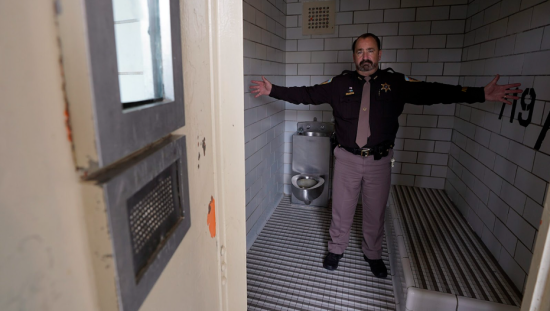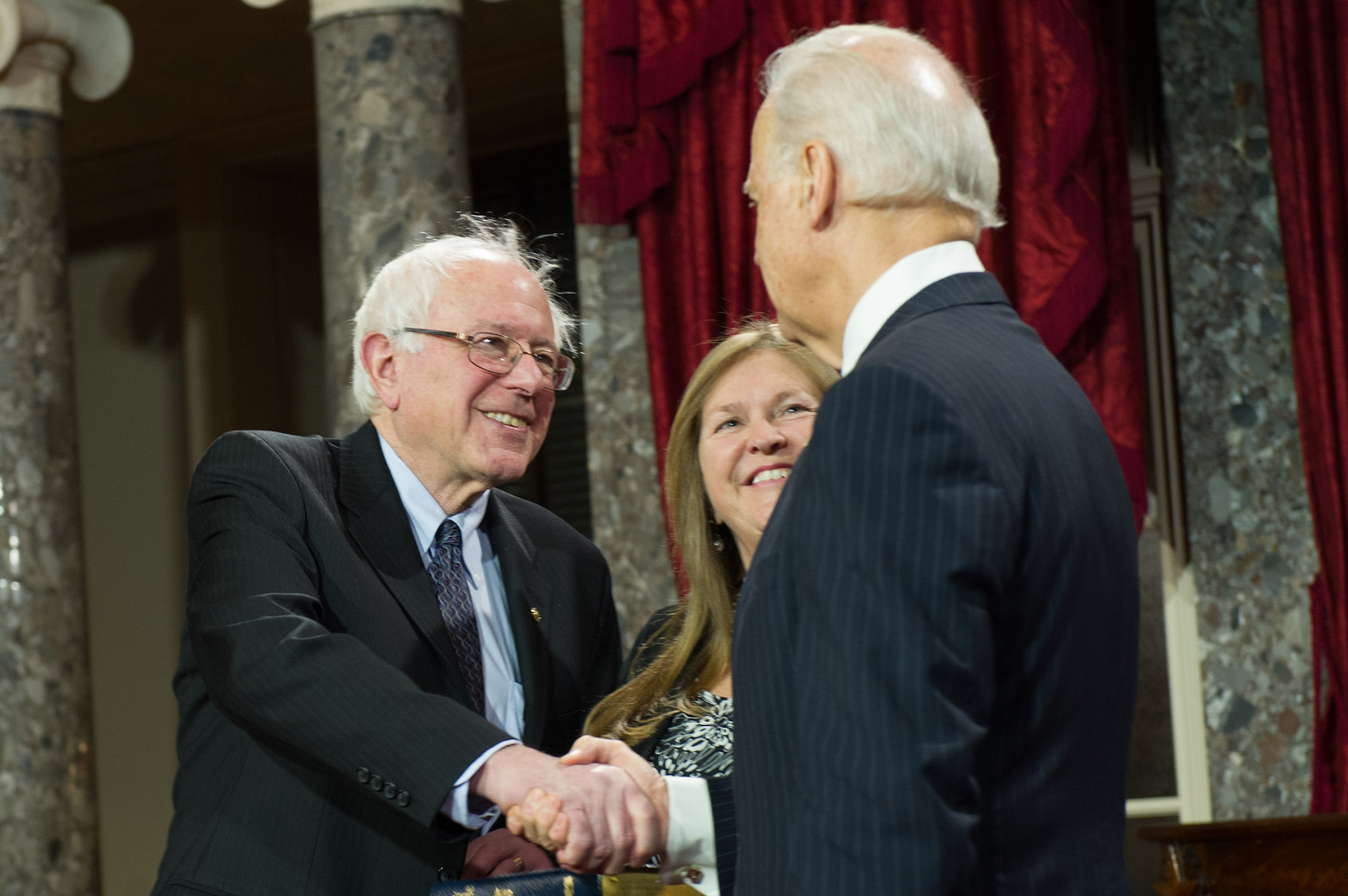This September, I was traveling on a bus through the rural farmland of Chiapas, the southernmost state of Mexico. While driving down a dirt road, our bus had to stop. With my face pressed up against the glass, I could see about 30 people gathered in a circle in the middle of the road, huddled around something not yet visible. As we approached, I was finally able to see what had caused the crowd to gather. There was a motorcycle on its side, and next to it, a young man lying in the fetal position, not moving, with blood flowing copiously from a large wound on his temple.
A man knelt at his side, wrapping toilet paper around the injured man’s head, attempting to staunch the bleeding. While we were waiting for the road to clear, I asked why the man had not been taken to a hospital. Given the size of the crowd, it was apparent that he had been there for a while, yet he was receiving inadequate medical treatment in the middle of the road. Someone in the crowd explained to me that the hospital was extremely far away, and that the medical costs would be too expensive. The man was injured, but not dying, so bringing him to a hospital was not worth the cost.
As an American, seeing an event like this can make you feel both grateful and guilty. Guilty that you couldn’t do more to help, but grateful that in the event of an emergency, you have access to medical care that this man could not, and did not seek.
But is that actually the case in our country?
It is for me. Growing up near Boston, I always had access to a number of hospitals, and the same can be said for most Americans growing up in the city or suburbs. As Northeastern students, we are just minutes away from the Longwood Medical Area, where some of the best hospitals in the entire country are located. If we have medical issues, we have access to primary care doctors, all manner of clinics, and any kind of specialist we may need.
Unfortunately, Americans living in rural areas do not share the same accessibility. Increasingly, massive hospital systems and pharmaceutical giants are choking out rural hospitals, which are closing at a rapid rate due to the “industrial consolidation” of the American medical system. Small hospitals are becoming “ever smaller fish in a pond filled with whales.”[1] This phenomenon of closures across rural America at an unprecedented rate is leaving many Americans with a dangerous lack of coverage.[2]
A recent study by the National Institute of Health found that over 30 million Americans live over an hour drive from the nearest hospital.[3] There is even a name for rural areas where there is no longer access to medical care: “Hospital Deserts.”
Of course, the bigger health issue in this country is more political than geographic. Even people who have geographical access to care can be bankrupted by medical bills. Ambulance rides alone can be debilitatingly expensive, and that’s before the cost of actual medical service.[4] The issue of cost has even made its way into popular culture, with the opening premise of “Breaking Bad” being a man who turns to the production of methamphetamines to pay for his cancer treatments, in order to avoid burdening his family.
The saturation of healthcare as a major issue–in politics and beyond– increased leading up to the 2018 midterms, and will continue to do so until the 2020 presidential election. Many are now asking: at what point does ensuring access become a moral issue rather than an economic one?[5] We can look to a new wave of politicians and political patterns for answers.
In the Democratic primary for New York’s 14th congressional district, Alexandria Ocasio-Cortez, a first-time candidate in her twenties, upset incumbent Joe Crowley, who spent the last 18 years in Congress.[6] She’s not the only victorious Democrat who has views that are more ideologically left than traditional Democrats. Across the country, incumbent Democrats saw themselves the targets of challenges from progressives within the party: in the Florida Democratic primary, Gubernatorial candidate Andrew Gillum pulled ahead of four centrists; in New York, Cynthia Nixon pushed incumbent Governor Andrew Cuomo farther than any pundits expected; and in Boston, Ayanna Pressley became Massachusetts’ first African-American woman elected to the U.S. House of Representatives, defeating ten-term incumbent Michael Capuano with her more progressive platform.[7]
All three of those candidates ran on platforms that included prison reform, free tuition, and most importantly, healthcare reform.[8] Democratic Socialists and Democrats alike have been promising “Medicare for All” as part of their campaign platforms. Two-thirds of Democrats in over 40 “purple” contentious House seats have endorsed some form of healthcare expansion.[9] Even former President Barack Obama, whose legislative history was fairly centrist, came out in favor of the policy.[10]
Despite the shared passion for universally accessible healthcare, there are many different ideas about the best way to achieve it. Senator Bernie Sanders has proposed doing away with the private system entirely, providing insurance through the government for every citizen.[11] Other Democrats are looking to incorporate universal coverage into a new single-payer system that has public options–like the current iteration of Medicare–but for all citizens regardless of age.[12] Taxes would be raised slightly to cover costs, and the government would then reimburse doctors for their services at a rate set by the federal government. Most importantly, insurance providers would no longer be able to charge patients the difference between the actual cost and their estimated cost, saving the patient from these unexpected costs.[13]
Regardless of the details as to how universal coverage will be achieved, it is the idea of universal coverage itself that seems to be exciting voters in both parties. A Reuters poll reported that 85% of Democrats and 52% of Republicans support “a policy of Medicare for all,” and these numbers combined represent 70% of the total population.[14] Another poll by the Kaiser Family Foundation found that 60% of Americans favor a national health plan in which everyone would have government insurance, and that number increases to 75% (64% of Republicans) if a private healthcare option were to be included in the policy.[15] While these numbers highlight the large segment of the U.S. population that supports universal health coverage, there is still a small yet vitally important fraction of the population in opposition. Despite the fact that the majority of Republican voters support these policies, party leaders such as Senate Majority Leader Mitch McConnell, House Speaker Paul Ryan and others, including two-time Republican presidential hopefuls, Senators Marco Rubio and Ted Cruz, have proudly admitted to leading attempts to slash funding to the Affordable Care Act, former President Obama’s landmark 2010 legislation that expanded Medicaid to cover a greater age bracket and subsidized insurance plans for people earning below 400% of the federal poverty level.[16][17]
At the same time, Congressional Republicans claim that they are the ones who support healthcare and that they are the ones who will protect Americans with pre-existing conditions. They constantly proclaim promises and lies directly contradicted by their past voting history.[18] Even former Republican (he left the party in 2017 due to Trumpism) congressman and MSNBC television talk show host Joe Scarborough lambasted members of his former party for their deception, stating that many Republicans “are either suing to make sure that insurance companies don’t have to support pre-existing conditions, or they voted in Congress to make sure that insurance companies don’t have to pay for pre-existing conditions…They’re all lying through their teeth.”[19]
Finally, the most public issue that many Americans have with a universal healthcare plan is the purported cost. Many opponents of the policy do not want the government to expand its role in healthcare, despite the fact that Medicaid has existed for a long time. They believe that the tax burden and potential debt increases of such a change would be too high.[20] However, arguments based on smaller scale models like the New York State Healthcare System attempt to show that a universal healthcare system could actually save money.[21] By consolidating healthcare, millions, if not billions, would be saved on administrative costs, as paperwork and filing would be standardized to a much greater degree. Additionally, removing advertisements from the healthcare system would cut out a significant cost that was necessary in the for-profit insurance industry.[22] Furthermore, the argument against purported price can hardly be taken seriously; Republicans, the party that supposedly opposes overspending and government entitlements, were responsible for passing a massive tax cut that ballooned the federal deficit, which is now approaching one trillion dollars.[23]
Millions of Americans lack health insurance, and millions more do not have physical or financial access to adequate medical facilities.[24] No one should be denied health care because of cost, and costs should never be prohibitive to accessing health care in the first place. Nor should accessibility; propping up rural hospitals to eradicate “medical deserts” with government funding and finding a way to ensure health coverage for all Americans is not impossible. As you cast your ballot in the midterms, two years from now in 2020, or in any local election in between, consider the power your vote has on the health and safety of millions of uninsured and medically isolated Americans.
[1] Alexander, Brian. “America’s Rural Hospitals Are Dangerously Fragile.” The Atlantic. January 09, 2018. https://www.theatlantic.com/business/archive/2018/01/rural-hospitals/549050/
[2] Ibid.
[3] Carr, Brendan G., Ariel J. Bowman, Catherine S. Wolff, Michael T. Mullen, Daniel N. Holena, Charles C. Branas, and Douglas J. Wiebe. “Disparities in Access to Trauma Care in the United States: A Population-based Analysis.” Injury 48, no. 2: 332-38. doi:10.1016/j.injury.2017.01.008. February 2017.
[4] DiGangi, Christine. “This Man’s 2-mile Ambulance Ride Cost $2,700. Is That Normal?” USA Today. May 20, 2017. https://www.huffingtonpost.com/entry/this-mans-2-mile-ambulance-ride-cost-2700-is-that_us_58f616eee4b01566972252a6.
[5] Shelton, Wayne. “Rethinking The Obligation To Provide Universal Healthcare Coverage: The Need for Moral Imagination.” Bioethics Today. May 05, 2017. http://www.amc.edu/BioethicsBlog/post.cfm/rethinking-the-obligation-to-provide-universal-healthcare-coverage-the-need-for-moral-imagination.
[6] Gaffen, David. “Democratic Governor Faces Challenger from Left in Nominating Race.” Business Insider. September 12, 2018. https://www.businessinsider.com/r-democratic-governor-faces-challenger-from-left-in-nominating-race-2018-9.
[7] Ibid.
[8] Ibid.
[9] McCammond, Alexi. “Poll: Majority of Democrats and Republicans Support Medicare for All.” Axios. August 23, 2018. https://www.axios.com/support-for-medicare-for-all-poll-2018-midterms-2e6da34b-0147-4cb8-83ef-e32f39c1be69.html.
[10] Burns, Alexander. “Obama Endorses Dozens of Democrats, Rewarding Diversity and Loyalty.” The New York Times. August 01, 2018. https://www.nytimes.com/2018/08/01/us/politics/obama-midterms.html.
[11] Relman, Eliza, and Bob Bryan. “Democrats Are Embracing a Radical Change to US Healthcare, and It Could Be the Defining Political Fight for Years to Come.” Business Insider. October 15, 2018. https://www.businessinsider.com.au/medicare-for-all-democrats-bernie-sanders-trump-details-2018-9.
[12] Ibid.
[13] Ibid.
[14] Stein, Letitia, Susan Cornwell, and Joseph Tarfani. “Progressive Movement Stirs Democrats.” Reuters Special Reports. August 23, 2018. https://www.reuters.com/investigates/special-report/usa-election-progressives/.
[15] Relman, Eliza, and Bob Bryan. “Democrats Are Embracing a Radical Change to US Healthcare, and It Could Be the Defining Political Fight for Years to Come.”
[16] Hiltzik, Michael. “Mitch McConnell Says It out Loud: Republicans Are Gunning for Social Security, Medicare and Obamacare next.” Los Angeles Times. October 19, 2018. http://www.latimes.com/business/hiltzik/la-fi-hiltzik-mcconnell-social-security-20181019-story.html.
[17] “Affordable Care Act Glossary.” HealthCare.gov. U.S. Centers for Medicare & Medicaid Services. Accessed November 06, 2018.
[18] Cohn, Jonathan. “GOP Lies About Pre-Existing Conditions May Have Reached Peak Absurdity.” The Huffington Post. October 25, 2018. https://www.huffingtonpost.com/entry/trump-tweet-pre-existing-conditions-gop_us_5bd0a4f9e4b0a8f17ef35bab.
[19] Wise, Justin. “Scarborough Tears into GOP Candidates Promising Protections for Pre-existing Conditions: ‘They’re All Lying.'” The Hill. October 24, 2018. https://www.msn.com/en-us/news/politics/scarborough-tears-into-gop-candidates-promising-protections-for-pre-existing-conditions-e2-80-98they-e2-80-99re-all-lying-e2-80-99/ar-BBOPnQ0.
[20] Baker, Sam. “What Single-payer Health Care Would Cost the U.S.” Axios. July 31, 2018. https://www.axios.com/single-payer-health-care-united-states-cost-bernie-sanders-34b74049-9a61-4b77-a495-62711073c639.html.
[21] Scott, Dylan. “The Case for Single-payer, Explained in 3 Charts.” Vox. August 03, 2018. https://www.vox.com/policy-and-politics/2018/8/3/17648860/single-payer-explained-3-charts.
[22] Ibid.
[23] Tankersley, Jim. “How the Trump Tax Cut Is Helping to Push the Federal Deficit to $1 Trillion.” The New York Times. July 25, 2018. https://www.nytimes.com/2018/07/25/business/trump-corporate-tax-cut-deficit.html.
[24] Carr, Brendan G., Ariel J. Bowman, Catherine S. Wolff, Michael T. Mullen, Daniel N. Holena, Charles C. Branas, and Douglas J. Wiebe. “Disparities in Access to Trauma Care in the United States: A Population-based Analysis.”



